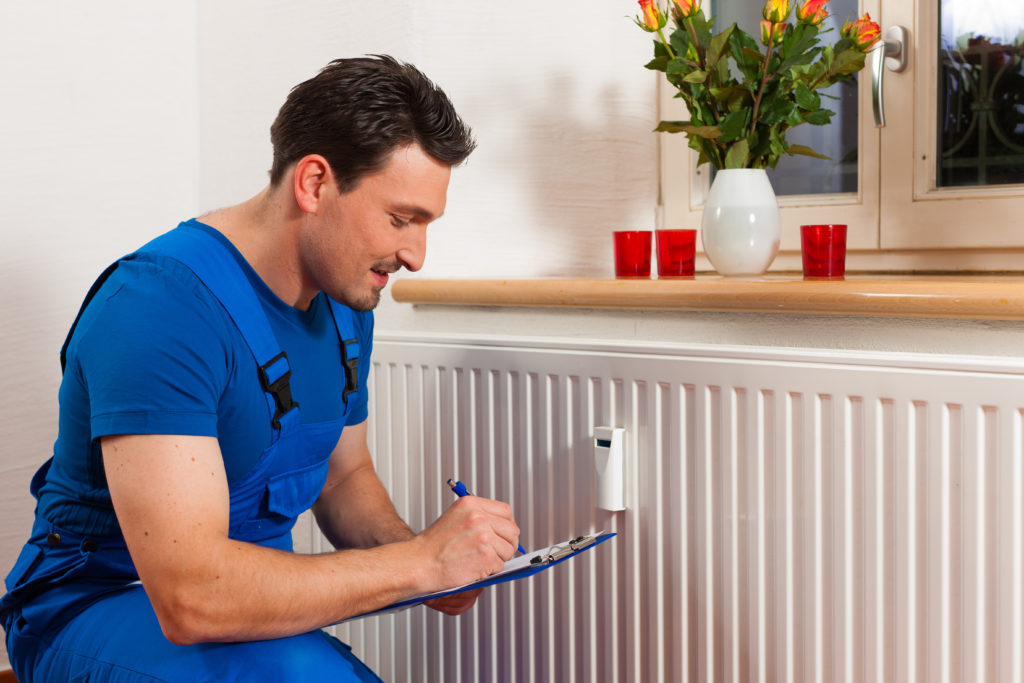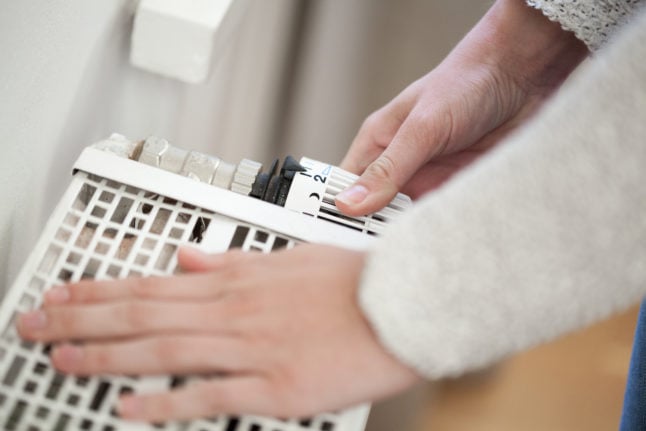What’s happening?
Last year, as a result of supply stoppages for cheap gas following the Russian invasion of Ukraine, energy prices in Germany reached record levels – with consumers in some cases having to pay up to 81 percent more for their heating costs than the previous year.
This year, however, energy prices have dropped and, according to co2online are expected to be around 11 percent cheaper than last year.
However, with high inflation continuing to put pressure on consumers, many people are wondering if it makes sense to already start heating their homes, and if they have to follow any rules.
Does it make a difference what type of accommodation I live in?
The right time to start heating your home depends on several factors including your own personal preference, the weather, whether you live in rented accommodation or own your own property, and the age and features of the property you live in.
Does my landlord control my heating?
For most people in rented accommodation, your landlord has to turn on the central heating before your radiators work.
Over the winter months, rented properties in Germany have what’s known as a Heizperiode meaning “heating period”, which is usually from October 1st to April 30th.

During the Heizperiode, the landlord must set the heating so that the minimum temperature in the flat reaches between 20-22C during the day and around 18C at night (11 pm to 6 am).
But, even outside the heating period, the landlord is obliged to keep the heating system of the building in an ‘operable condition’ and must turn on the heating if the outside temperature is below 16C or below 18C for more than 2 days.
Some people in rented properties who have a boiler can turn the heating system on and off themselves.
Do I have to keep my rented accommodation at a minimum temperature?
Often, tenants are obliged by a clause in their rental contract to keep their homes heated to a minimum level to prevent mould and disrepair.
Though the German Tenants’ Association often argue that such clauses are invalid, when such cases have gone to court, courts have often decided that temperatures under 18 C are too cold.
Can I just not heat my property at all?
If you’re considering not turning your radiators on at all this winter, you may have to pay for frozen pipes or mould on your rental property.

This also applies if you plan to be away from your German home for long periods of time – for example, if you prefer to spend the winter in the south or are on a business trip during the cold season.
Another main point is that it can be very bad for your health to be in a home where you feel too cold, so you have to think about how to make sure you (and your family or housemates if you live with people) are staying warm.
Consumers should, however, keep an eye on the electricity and gas prices of their suppliers and also ask the property owner whether the entire heating system is actually optimally adjusted.
Owners of residential buildings, such as landlords or housing operators, and energy suppliers are obliged to inform their customers or tenants about energy consumption and costs, rising energy prices and possible savings potentials.
What about if I live in my own property?
Homeowners can generally decide for themselves when to start heating their homes, but experts recommend that they take the year of construction and the insulation status of their building into account.
READ ALSO: Cold showers to turning off lights: How German cities are saving energy
This is because – among other factors – these influence the risk of mould growth.
When should I start heating?
For both renters and property owners, there are some general guidelines that apply to the age of the building you live in:
If you live in a building built before 1977, you should start heating once the outside temperature reaches 15C or lower.

For buildings built between 1977 and 1995, you should start heating when the outside temperature sinks to 14C or lower.
For buildings built in 1995 or after, residents can often hold off on heating their homes until the temperature outside reaches 12C. Depending on the energy efficiency of the building, it might also be wise to switch on the heating with warmer temperatures.
For low-energy houses, heating can be firstly switched on when the outside temperature gets to 11C.
At what temperature should I heat my home?
As a general rule, Rita Maria Jünnemann, energy expert at the consumer advice centre in North Rhine-Westphalia, advises people not to go below a temperature of 16C in their homes.
Speaking to Business Insider, she said that people should also think about what they do in certain rooms in order to make a decision on how much to heat them.
Jünnemann said: “Those who move around a lot in the apartment, for example cooking, often don’t need much heating. But, for the person sitting at a desk, even 20C might be too cold. But you don’t have to heat right away, a blanket can fix that.”
How can I save on heating costs?
There are plenty of ways you can help to keep your heating costs down, the most simple of which are keeping doors and windows insulated with draft excluders, and regularly airing out rooms.
According to experts, it’s better to turn your heating on and off as and when you need it, rather than keeping it at a constantly low temperature. That’s because even though reheating a room uses a lot of energy, it still uses less than heating constantly.
If you’re determined to keep your radiators switched off most of the time, then it’s advisable to move your furniture away from the walls slightly, to prevent damp or mould build-up and also to use a dehumidifier in rooms where you intend to keep cold.



 Please whitelist us to continue reading.
Please whitelist us to continue reading.
Member comments